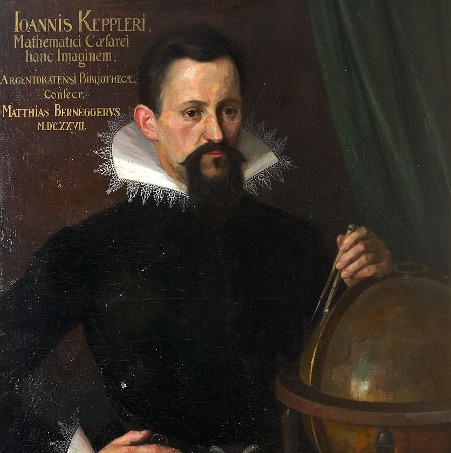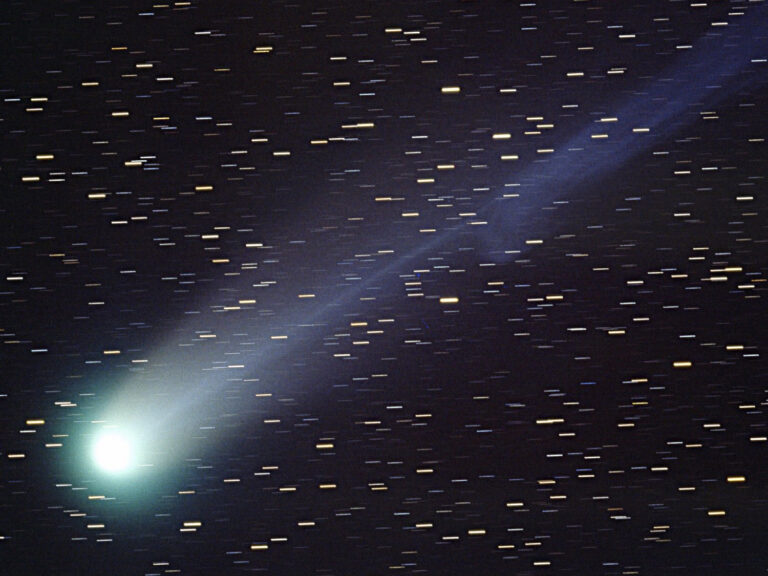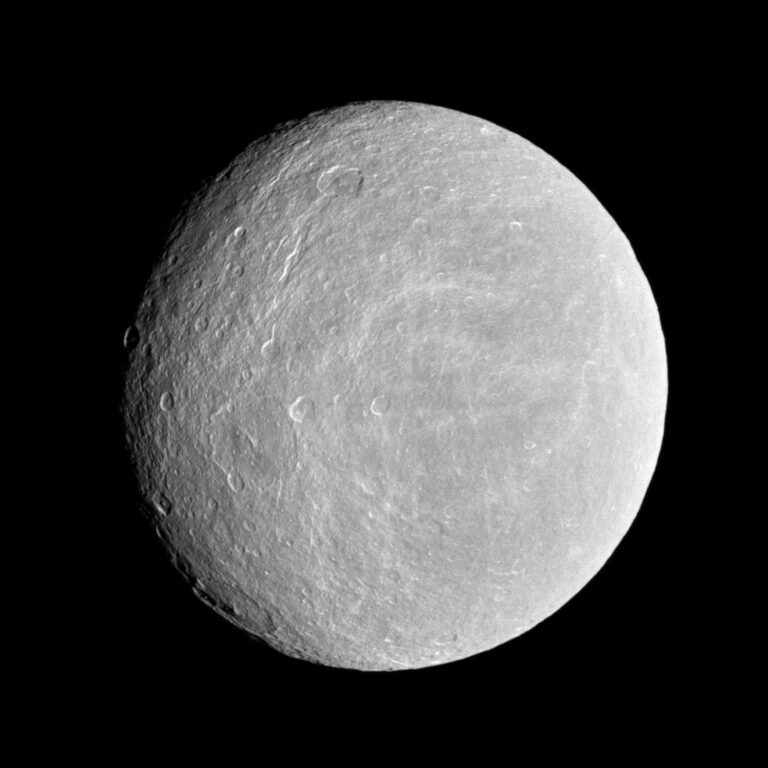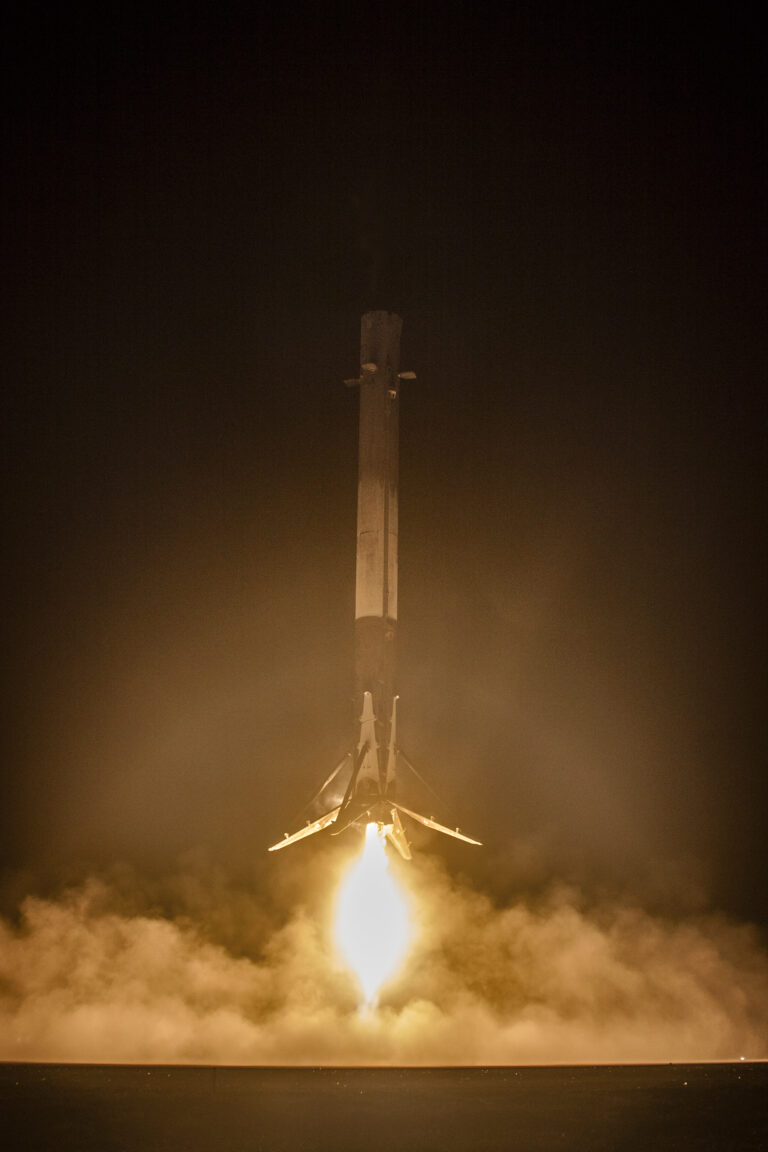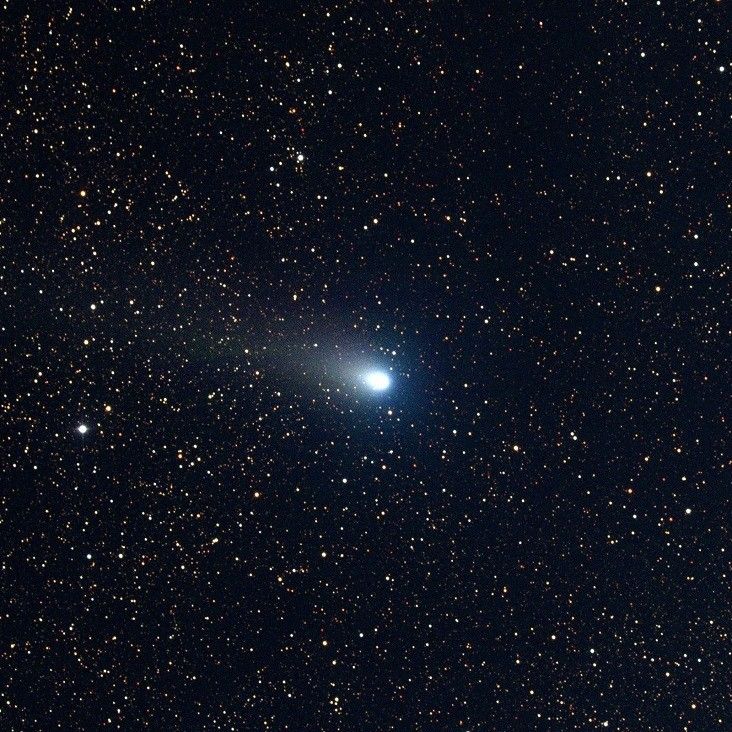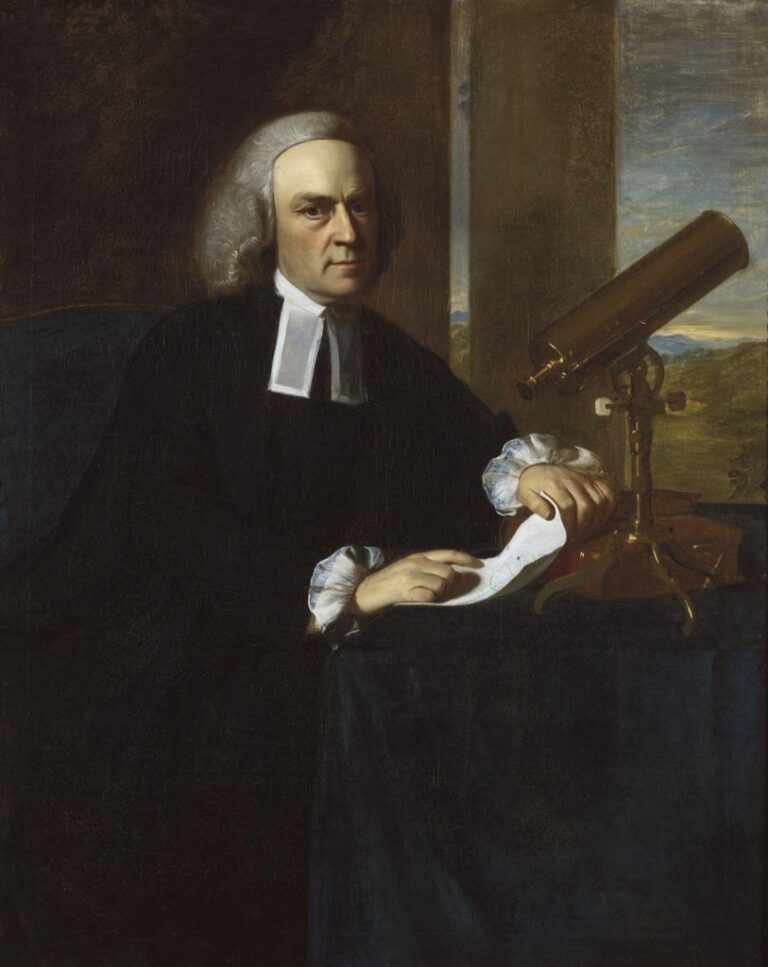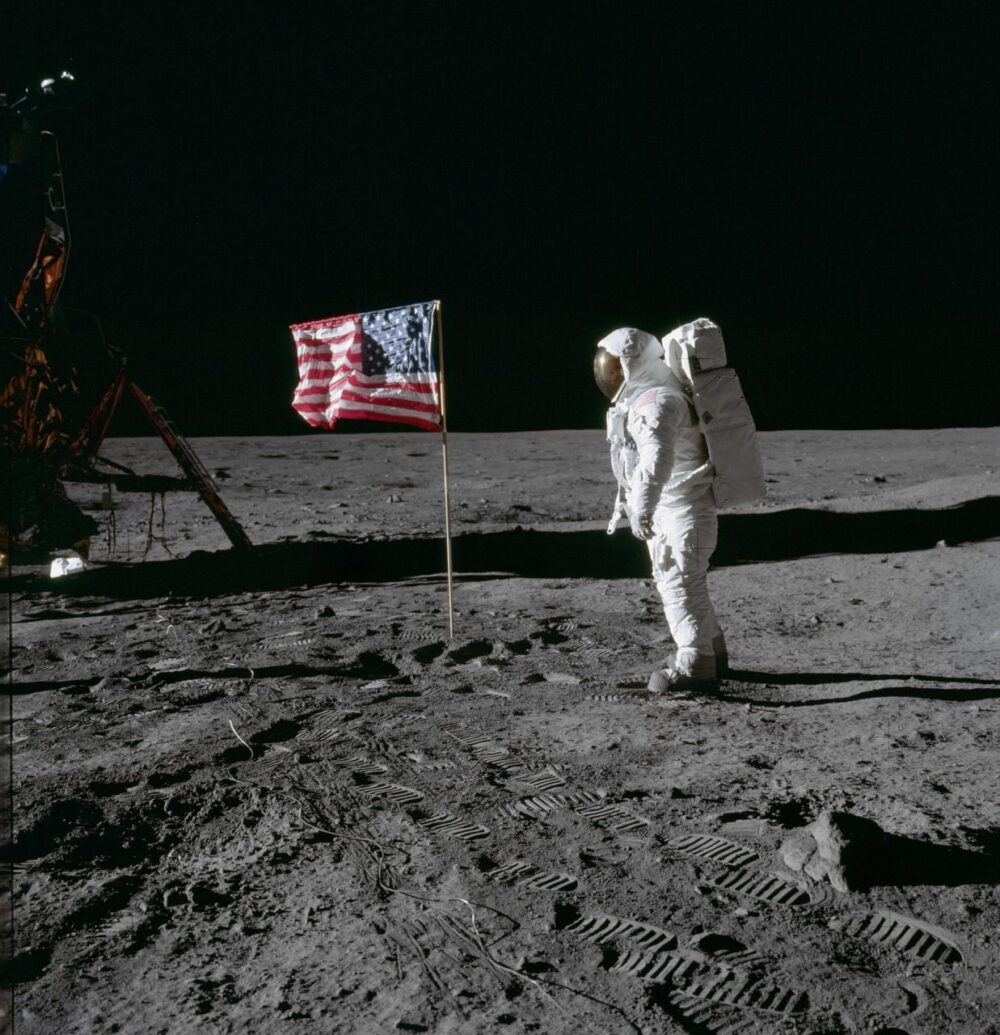
Key Takeaways:
- Luna 15, a Soviet spacecraft, aimed to bring Moon rocks back to Earth.
- The US and Soviet Union cooperated to avoid radio interference.
- Luna 15 crashed on the Moon before Apollo 11's return.
- Apollo 11 beat Luna 15 in the race to the Moon.
On July 13, 1969, the Soviet Union launched Luna 15, an unmanned spacecraft seen as a rival to the American Apollo 11 mission, which launched just three days later. Luna 15’s goal was to land on the Moon, collect rock samples, and return to Earth before the Apollo astronauts. But the heightened moment of competition also led to extraordinary cooperation: Concerned that Luna 15 would interfere with radio transmissions for Apollo 11, NASA reached out through Apollo 8 astronaut Frank Borman to Soviet space official Mstislav Keldysh. Keldysh provided orbital details to ensure the astronauts’ safety – without revealing any details of the mission goals – and both nations made adjustments. Luna 15 reached lunar orbit on July 17, but dropped into a lunar mountain on July 21, 1969, and crashed – two hours before the Apollo 11 crew departed the surface, making the Americans the winners of the race to the Moon.

